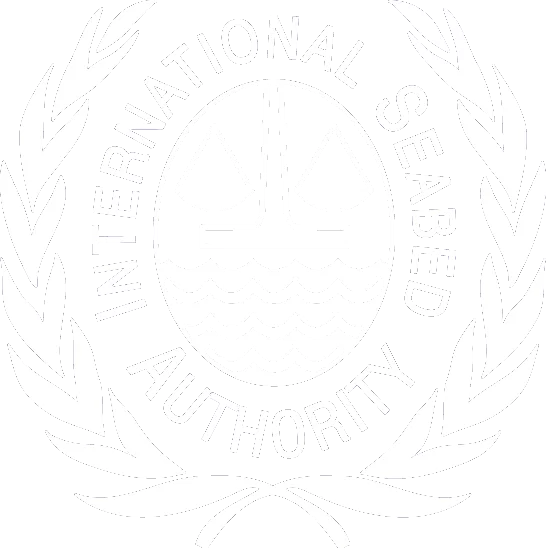CCZ source details
Soetaert, K.. M. Vinckx, J. Wittoeck & M.Tulkens. (1995). Meiobenthic distribution and nematode community structure in five European estuaries. Hydrobiologia. 311: 185-206.
181067
Soetaert, K.. M. Vinckx, J. Wittoeck & M.Tulkens
1995
Meiobenthic distribution and nematode community structure in five European estuaries.
Hydrobiologia
311: 185-206.
Publication
NeMys doc_id: 16533
NeMys doc_id: 16588
NeMys doc_id: 16588
Available for editors 
Meiofauna from the intertidal zone of five European estuaries (Ems, Westerschelde, Somme, Gironde, Tagus) was investigated. Samples represented a cross section of various benthic habitats from near-freshwater to marine, from pure silts to fine-sandy bottoms . The meiobenthic community comprised everywhere a fauna strongly dominated by nematodes, with meiobenthic density increasing with increasing salinity . The Ems differed from the other estuaries due to the presence of a well developed community of Copepods, Gastrotrichs, large Ciliates and/or soft-shelled Foraminiferans in some sites . The Westerschelde stood out due to the near-absence of harpacticoid copepods and, as in the Tagus, the lower meiobenthic densities in the marine part of the estuary. For nematode community analysis, we also included data from the Tamar which were obtained from the literature (Warwick & Gee, 1984) . This resulted in the enumeration of 220 species, belonging to 102 genera, each with a characteristic distribution along the salinity, sedimentary and latitudinal gradients . Using the multivariate technique CANOCO, a zonation along these different physicochemical determinants was observed as well although salinity and sediment characteristics (scale of hundreds of meters to kilometers) proved to be more important in explaining community structure than latitudinal differences (scale of hundreds of kilometers) . Nematode diversity was nearly entirely determined on the genus level and was positively related to salinity. Deviations from this general trend in the Gironde and the Tamar were attributed to sedimentary characteristics or to low macrobenthic predation . The presence of a typical opportunistic colonizing nematode species Pareurodiplogaster pararmatus in the low-salinity region of the Gironde could indicate (organic?) pollution or disturbance of the intertidal mud-flats .
Halalaimus de Man, 1888 (ecology source)
Leptolaimus de Man, 1876 (ecology source)
Monhysteridae de Man, 1876 (additional source)
Paracanthonchus Micoletzky, 1924 (additional source)
Leptolaimus de Man, 1876 (ecology source)
Monhysteridae de Man, 1876 (additional source)
Paracanthonchus Micoletzky, 1924 (additional source)




